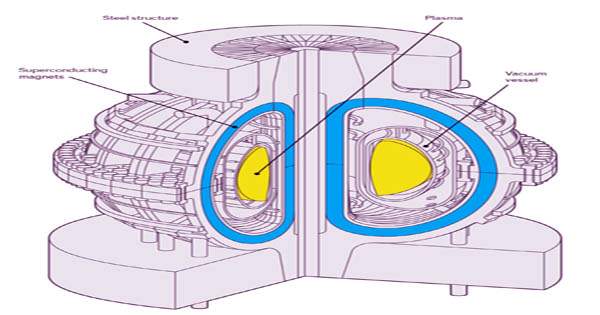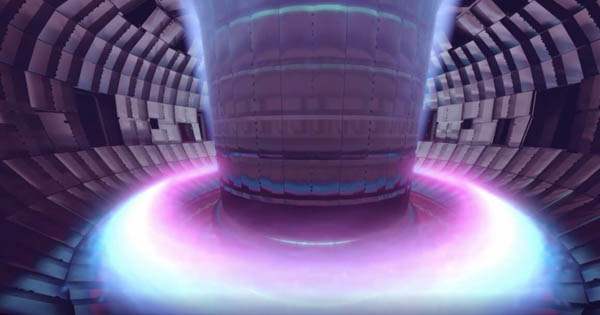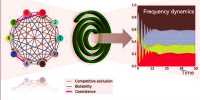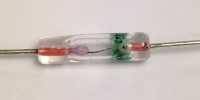
China is preparing to re-launch a suspended nuclear reactor program after a three-year moratorium on new approvals, but scientists at a state laboratory in Hefei, Anhui Province, China, are looking beyond crude atomic fission to combine nuclear fusion with nuclear fusion. Attempt to compare by “putting the sun in a box”. Nuclear fusion could revolutionize energy production, pilot projects target ten times the energy output of the input, but no fusion project has so far been able to increase energy freely. Critics say commercially viable fusion lasts for up to fifty years in the future.
Nuclear fusion reactors work by converting hydrogen into helium. The central donut is a vacuum chamber where pure gas is pumped. A strong electric current carries away the gas of its electrons and turns it into plasma, which is bound by a strong magnetic field. Collisions and auxiliary heating systems cause incredible temperature and pressure and in these conditions, the hydrogen nucleus forms helium. It releases a large amount of energy, part of which is transferred to the wall of the chamber, from which it can be converted into electricity using.
The HL-2M design stage is still another important step towards the China Fusion Engineering Testing Reactor (CFETR). Although it is seen as the next step from ITER, it is not as powerful as the demo – the first nuclear fusion power plant proposed.
















